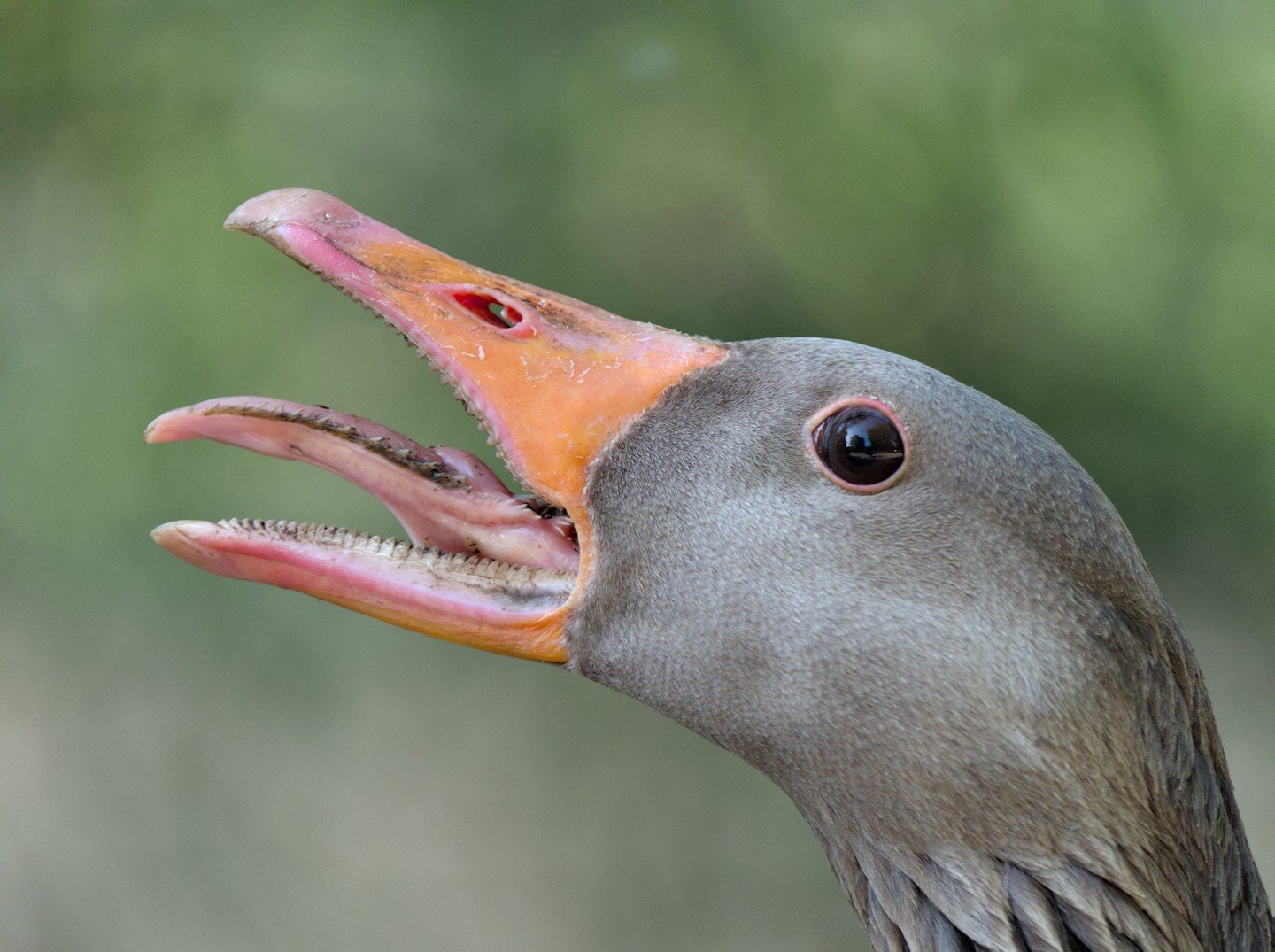Why YSK: I’ve been seeing an increasing number of phone photos shared online in 9:16, 9:21 or similarly tall aspect ratios, often with parts of the subject cut off. I’ve asked a few people why they cropped their images that way, and none of them knew they were cropped.
Buttttt I like 16:9 better
Nobody is telling you what to like, just how your phone camera functions.
Now if we’re doing photo critique, I might tell you a 9:16 portriat orientation photo of your cat with half its ear cropped out on the side but a whole bunch of the floor included in the foreground looks poorly composed, but cropping to 16:9 in some other context might exclude some uninteresting clutter and improve the photo.
I get it and I’ve always known. I just prefer 16:9 photos because… Well, my screen and monitors, and TV are 16:9 so why not take photos that (by default) fill the screens?
Nothing more annoying than showing an album to friends over Chromecast on your TV and the photos don’t fill the screen.
I did some testing on my phone, Samsung S22, and it looks like 1:1 uses the most of the sensor. Any other aspect ratio was zooming in. This is particularly upsetting to me since I was using the “full” setting which cropped the most but I thought I was using the most of the sensor.
Interesting. I have a Samsung A3 and both 1:1 and ‘Full’ crop, 3:4 is the one that doesn’t. Luckily I think 3:4 is the default on the camera because I don’t remember changing it.
This is true, and good to know but with caveats. If you take the picture in 16:9 mode then yes you’re only using part of the sensor (or likely the whole sensor but only part of the image is being processed and stored), but you would also be using your phone’s display to properly frame and take the picture how you want to. A good picture is not just the technical aspect of using the sensor.
The outcome when someone crops a 4:3 image after taking it to make it 16:9 etc depends on how the orignal image was framed and how good the skills are of the person cropping it. You may get more information if you take the picture in 4:3 mode but then you may find it much harder to convert it to a format you like (for example, a format that would fill the display when viewed on a phone, a TV or a computer display) due to how you framed the original photo. I’d argue it’s better to take the photo in the format you want to consume it in if you’re using a phone. If you have an actual dedicated camera, then get a camera that works best in the format you want to use.
Sure, pre-cropping is a valid technique, best done intentionally.
get a camera that works best in the format you want to use
Dedicated cameras intended for photography (rather than videography) almost exclusively come in either 4:3 or 3:2. Video cameras occasionally use 16:9, or even weirder ratios.
I’m lucky that my phone (Realme x3) defaults to the 16:9 but has a 64mp option that switches to 4:3 with one tap. Best of both worlds.
Why is it better than just using 4:3 at all times?
This. I always make sure to check the maximum aspect ratio of cameras I use. No point in wasting pixels and field of view.
Nice, my google pixel’s default uses the most of the sensor.
@Zak@lemmy.world do you have a source for this?
You can check it yourself, just set ratio to 3:4, aim camera so some object will be in corner, and then change to 9:16/full, or whatever that’s bigger. You will see that the object won’t be visible. And sorry if I made a language mistake.
I’m finding it surprisingly hard to come up with a simple, concise citation for it. Looking up reviews of individual phones will let you find the exact dimensions of images they capture in various modes, but an exhaustive search would be tedious.
Looking at the product table for Samsung image sensors lists their resolutions, some of which, such as 4000x3000 are obviously 4:3 without picking up the calculator.
Here is one for iPhones :
https://www.dpreview.com/articles/6780391159/all-apple-iphone-13-and-13-pro-camera-upgrades-explained






